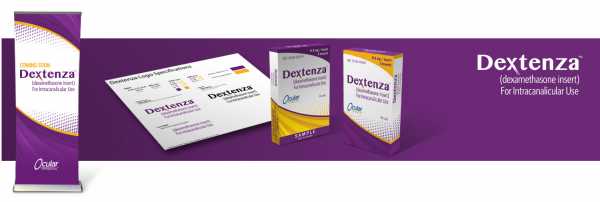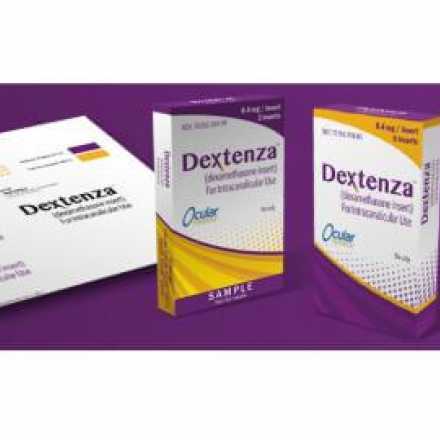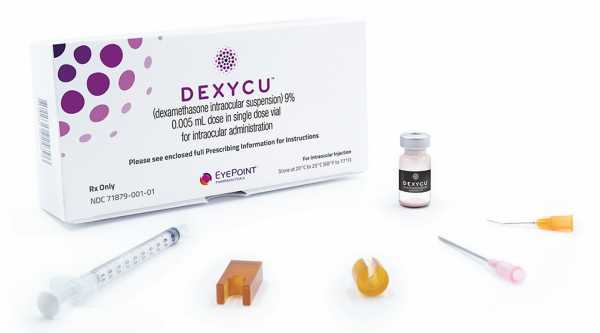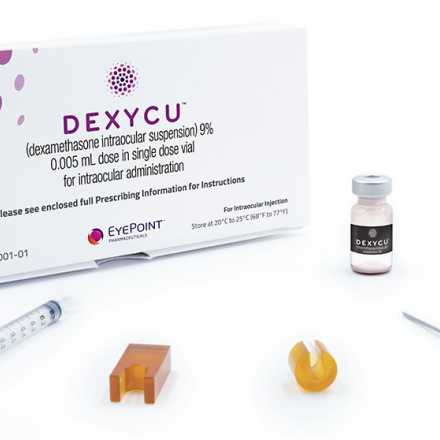
Omidria Injection (phenylephrine and ketorolac injection) 1% / 0.3%
Omidria is a preservative-free drug combination of Phenylephrine 1.0 % and Ketorolac 0.3%. Phenylephrine is a mydriatic agent—it dilates the pupil and maintains its diameter.
Ketorolac is a non-steroidal anti-inflammatory drug (NSAID) used to reduce postoperative ocular pain. Ketorolac also prevents surgically-induced pupil constriction.
Omidria is the only NSAID-containing product that is approved by the U.S. Food and Drug Administration (FDA) for intraocular use. It is added to an irrigation solution before intraocular administration.
Indications of Omidria Injection
Omidria is used during cataract surgery or Intraocular lens replacement to prevent miosis and thereby maintain pupil dilation during surgery. It is also indicated for reducing ocular pain postoperatively.
How does Omidria injection aid in cataract surgery?
Intraoperative miosis is unpredictable and can happen anytime. The use of preoperative topical mydriatics can also lose effectiveness in some patients.
Maintaining pupil dilation during surgery is required in order to maintain an optimal field of view for the surgeon and can affect performance and result of surgery.
Preoperative topical non-steroidal anti-inflammatory drugs (NSAIDs) can be washed out by the irrigation solution during the surgery that can reduce its efficacy and duration of action. The use of omidria can ensure better provision of anesthesia during the surgery and pain relief hours after the surgery.
According to a two-randomized placebo-controlled clinical trials in 808 adults patients undergoing cataract or Intraocular lens replacement surgeries, the use of Omidria decreased ocular pain for 10-12 hours postoperatively.
Eye surgeries in pediatric patients are more complicated. Having the option of being able to maintain an optimal operative view and reduce early postoperative ocular pain in one drug administration can significantly affect surgical result and patient comfort.
Contraindication of Omidria Injection
Hypersensitivity to any of its components
Use with caution in patients with: past medical history of asthma and previous sensitivity to acetylsalicylic acid, phenylacetic acid and other non-steroidal anti-inflammatory drugs.
Side Effects of Omidria Injection
Adverse reactions which were reported by ≥ 2% of the subjects in a three randomized, placebo-controlled studies:
Anterior chamber inflammation
Elevated intraocular pressure (IOP)
Posterior capsule opacification
Eye irritation
Foreign body sensation
The systemic exposure to phenylephrine may also cause blood pressure elevations.
Off-Label Outcomes
Effective in patients with intraoperative pseudoexfoliation, Iris Floppy Syndrome and other ophthalmic conditions
Significant reduction in complication rates
Shortened surgical time
Reduced usage of pupil expansion devices
Significant improvement in uncorrected visual acuity on the first day after cataract surgery.
FDA approval for Pediatric patients
Omidria was FDA approved for use in adults in 2014. On December 12, 2017, Omeros Corporation announced U.S. FDA approval for the use of Omidria in pediatric patients. The FDA approved Omeros’ supplemental new drug application after a successful pediatric clinical trial.
The indication of Omidria has been expanded to include pediatric patients from birth through 17 years old. Omeros was also granted additional six months market exclusivity.
The Clinical Trail
The randomized pediatric clinical trial was conducted with 78 pediatric patients. The subjects were randomized intraoperatively to either Omidria or phenylephrine.









